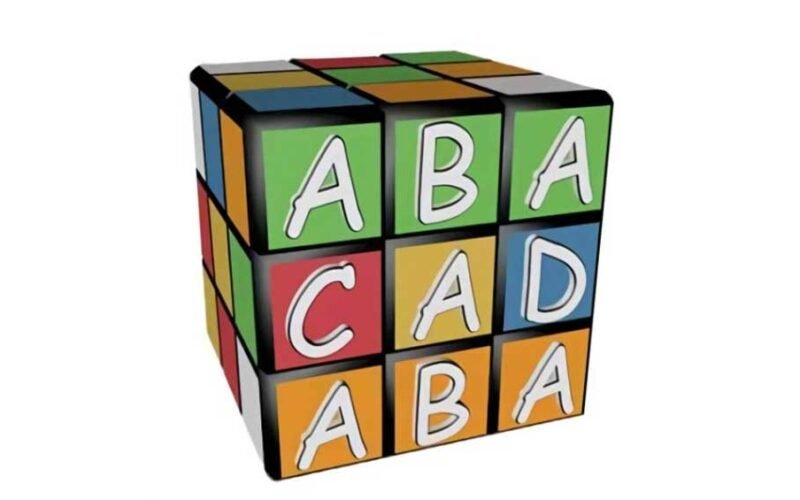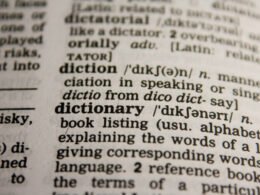ABACADABA stands for a sequence that that in some way found an interested in number series, mathematics, music, and a host of other fields. The fact that such configuration of letters has acquired value across different domains of society makes it an interesting topic of both research and use.
Historical Background
The term ABACADABA initially became famous as mathematics pattern sequence which has a letter to represent different figure or value in terms of a pattern that exists in a cycle. Its structure contains patterns which follow a systematic progression that explains basic propositions of pattern recognition.
This sequence explains the beauty of simple objects in a montage where they are placed together in a certain formation. What makes ABACADABA interesting is that it is sort of symmetrical.
Decomposing the pattern would be a simple process makes sense when each component of sub-patterns is put together. ’ABA’ is used at different places and continuous recurrence at different places gives rhythmical essence that has found its uses in something other than strict mathematics.
Applications in Music and Arts
ABACADABA pattern has emerged to fit its specific place of the arrangement of music components. Everyone from musicians to composers use this structure to develop to melodic sequences which for the eye and ear are quite pleasing while at the same time being mathematically correct.
With the given pattern, one can seamlessly develop musical themes while staying as organized as much as the audience can follow unconsciously. ABACADABA pattern is another interesting pattern and like other crafters, visual artists have also adopted the use of the pattern to create their artwork.
In textiles, graphics, architecture or any other design related field, this sequence offers a systematic approach to the design of pattern that repeats with variation. The glyphs of the pattern enable artists to adhere to order and create the desired freedom within the same design.
Learning Applications
The style of the pattern that involves the ALPHABETICAL BOOGIE ABACADABA is used effectively in classroom learning. Due to a clear organization, the presented sequence contributes to pattern recognition, building sequences among students, and logical development.
This pattern helps teachers to pass lessons to young students through using patterns in mathematics and mathematic reasoning for kids. In language learning, the uses of the pattern can be used to explain phonetic relations and structure of words.
It’s yet not monotonous as far as the rhythmic structure of language is concerned. Thus, it is more effective in developing the mother tongue as well as foreign language.
Impact on Problem-Solving
It develops pattern discrimination skills, tones up deductive reasoning, and promotes innovative method of problem solving. These are interpersonal skills, which are equally applied in all career needs and have a way of enhancing a person’s life.
Similarly, writers and other persons who tell stories utilize similar pattern principles to ensure audience attention is kept throughout the piece while affording a general feel for the sense of progression and resolution needed to end the story.










